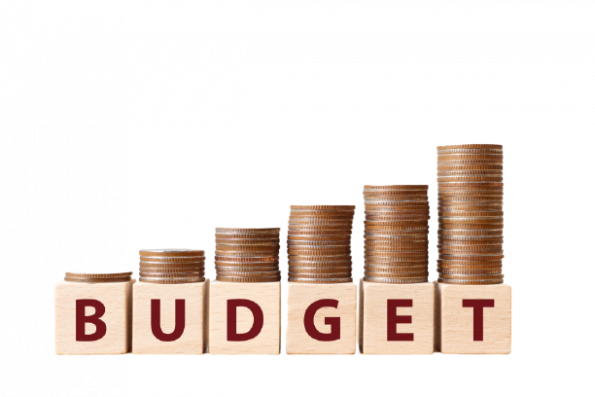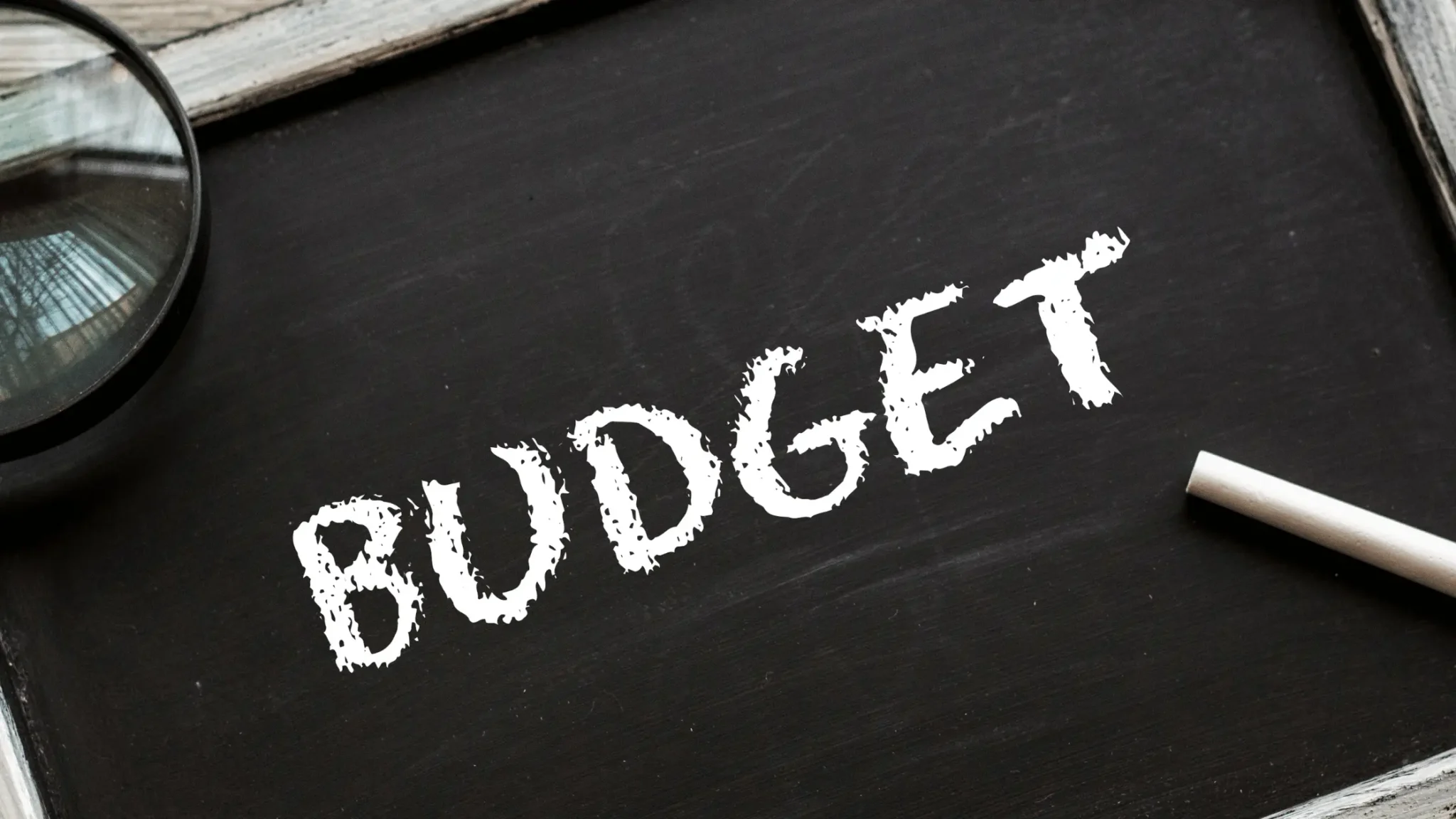
Savings Rate and Offers
$2,000 – $10,000
Saving Amount
34.90% – 43%
Apr Range
Funded in as little as 24 hours
12 – 60 months terms
Getting Started
As with every other expense, you have to budget for savings. It’s recommended to split your income 50/30/20. 50% of your income for needs, 30% for wants and 20% for savings and debt repayment.
In the absence of urgent needs, one of your first priorities should be saving up an emergency fund of three to six month’s worth of expenses.
The right tools can greatly amplify your savings efforts. From High-interest savings accounts to TFSAs and low risk investments. You want to make sure that your money is growing constantly.

Featured Content
- Saving Money on Plumbing Repairs: A Financial Guide for Homeowners
- Common Issues People Discover After Moving into Their New Home
- Retirement Planning in Canada: How to Secure Your Future
- When Will Interest Rates Go Down in Canada? Analyzing the Factors
- Credit-Healthy Frugal Habits for Millennials: Navigating Financial Independence
What is Saving?
Savings represents the money a person puts aside after subtracting expenses from disposable income. This money is usually in cash and is used for a particular financial goal like retirement, buying a house or funding a child’s education. People generally save in the short-term (2 years or less), medium-term (3 to 5 years) and long-term (6 years or more).
How Much Should I Have in Savings?
Fortunately, there is no magic number you need to have saved. The amount you save depends on your financial goals at a given time. Whether it is saving for retirement, purchasing your first home, or planning a trip, every financial situation is different. At the very least, it is recommended that you have anywhere between 3-6 months of your regular expenses saved in an easily accessible account.
What Savings Tools Are Available in Canada?
In Canada, there are several savings tools available to help you meet your financial objectives. Here are five you should consider:
- High-Interest Savings Accounts (HISA)
HISA’s are bank accounts that pay higher than the traditional savings account. Most HISA’s pay anywhere between 0.5% and 2% on the higher end. Not only is it easily accessible, but you also gain more interest with each dollar you save. HISA’s are great for short-term savings as they tend to protect your purchasing power from inflation while gaining interest.
- Tax-Free Savings Account (TFSA)
As the name suggests, the TFSA is a savings tool used to help Canadians save money tax-free. Unlike the traditional savings accounts that earn little to no interest, the TFSA incentivizes you to save and invest money with no taxes on withdrawals or gains.
Though the TFSA is an excellent savings vehicle, it can equally be used as a vehicle to hold investments in as you profit off gains inside it. There are limits to how much you can contribute in a given year. TFSA contribution room for the current year is at $6,000; The drawback is that there is a penalty of 1% on the amount in your TFSA per month if you exceed your contribution limit.
- Registered Retirement Savings Plan (RRSP)
A RRSP is a financial account to help Canadians save and invest for retirement. There are three benefits to the RRSP:
- Tax deduction: Contributions to your RRSP reduce the taxable income you owe come tax season. You will be able to realize tax benefits from these contributions as your income increases.
- Tax Deferral: The RRSP is a tax-deferred savings plan, which means that any amount you have accrued in the account will not be taxed until you either retire or make withdrawals.
- Tax-free growth: You can see some significant financial growth until retirement as your investment earnings will not be taxed, helping you save much faster!
You can open an RRSP account with most financial institutions. Talk to your financial advisor to see if it makes sense for you!
- Registered Education Savings Plan (RESP)
The RESP is a tax-advantaged savings account tailored towards saving for your child’s education after high school. Like the RRSP and TFSA, the RESP allows investments inside the account to grow tax-free so long as the money stays within the account. There is also the added benefit of having the federal government contribute a Canada Education Savings Grant (CESG) of 20% of your contributions for a maximum of $7,200
What Do I Need to Qualify for a Personal Savings Account?
To qualify for a personal savings account in Canada, you need:
- To visit your local financial institution or go online
- Be 18 years of age or older or have a consenting adult present
- Be a Canadian resident
- Present two forms of acceptable ID
You can open a savings account in Canada without a job or putting money in the account right away. There is also the opportunity for individuals who are not Canadian citizens to open an account – contact your chosen financial institution to find out how you can qualify.
How Can I Grow My Savings?
To grow your savings, you first need to be intentional about your goal. Why do you want to save? Have you thought about your short-term to long-term goals? Having a clear purpose in mind will help eliminate any confusion you may have on growing your savings. Secondly, you need to create a detailed budget to ensure that you are within your means to have enough disposable income to save. Lastly, you need to leverage your savings tools and invest your money to see significant gains in your account.







